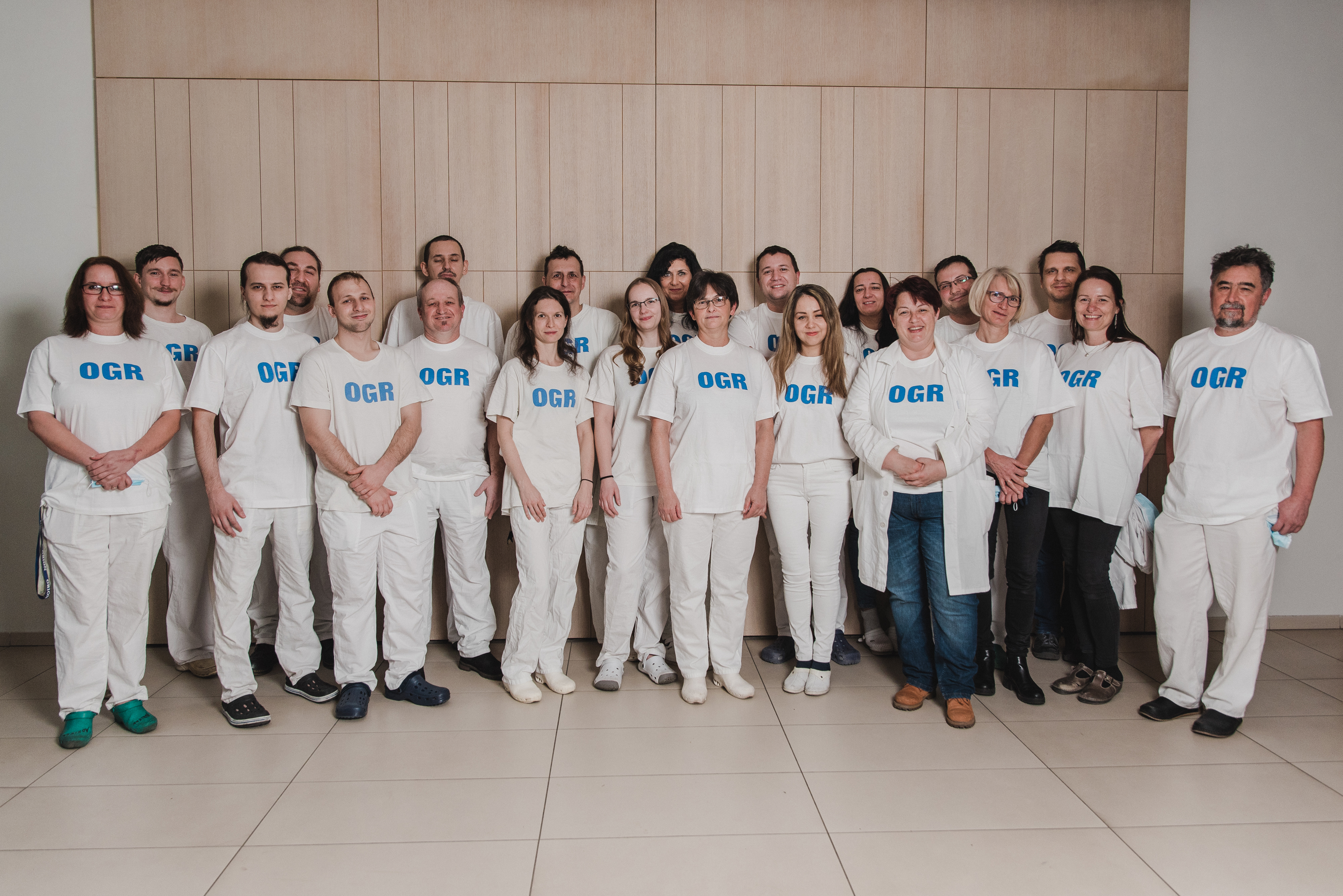Generation of genetically modified mouse lines
All kind of genom modifications are available: knock out, conditional knock out, tissue specific overexpression, endogenous gene alteration
As one of the primary service of MGTU, we undertake the generation of transgenic and other genetically modified mouse lines. For any emerging project, we offer complimentary professional consultations, where we outline potential avenues and propose strategies for creating models that can yield optimal results. If necessary, the transgenic construct can be tested in a tissue culture laboratory to gather insights into its functionality before injection into mouse embryos. The production of new mouse lines always involves microinjection, a technique performed on fertilized mouse embryos. Multiple mouse strains are available (C57Bl6/J-N, FVB/Ant), and there is the possibility of further modification of existing transgenic lines.
By selecting injection components and creating constructs, we can generate diverse models, ranging from simple overexpression models to complex genome modifications. Comprehensive genomic analyses are conducted on the new mouse lines to ensure that the genetic modifications have occurred as intended. Additionally, if required, basic expression studies can be conducted on tissue sections to assess the level of gene expression.
Commonly developed mouse models
Knock-out
The knock-out of any chosen gene represents a genomic modification that prevents the generation of a functional product from the gene. This can be achieved through various strategies, most commonly by removing exons or sets of exons that encode functional domains. Such gene modifications are routinely carried out using the CRISPR/CAS technology.
Conditional Knock-out
This technology enables targeted disruption of a specific gene only in particular tissues or even inducibly at a specific time. The disruption of the target gene depends on the presence of another (trans)gene product. These are mostly sitespecific recombinases, which, through recombination between their recognition sequences, ultimately induce deletion. During genome modification, we insert these recognition sequences into the introns flanking critical exons of the target gene, also using the CRISPR/CAS technology.
Tissue specific expression
It is often needed to label or modify specific tissues, or even a particular cell population within them. If these cell populations can be characterized by an expression profile, we can identify a gene whose expression is specific to that population. By utilizing the regulatory regions of this gene, we can copy the expression pattern of the target gene with high efficiency in our transgene. Technologies are available that allow for more efficient integration of the transgene (e.g., transposon-based transgenesis), targeted integration into a specific position instead of random integration (e.g., integrase-based transgenesis), and the utilization of larger regulatory regions (Bacterial Artificial Chromosomes). The most commonly used transgenes in these projects are marker genes (e.g., fluorescent proteins), optogenetic tools, or the sitespecific recombinases mentioned earlier.
Modification of endogenous genes
By this, we primarily refer to modifying the product of the gene at a level where, for example, we can create a new allele variant by altering a few amino acids. This can be suitable for generating disease models. Additionally, there is the possibility of inducing smaller or larger deletions or attaching various tags.






